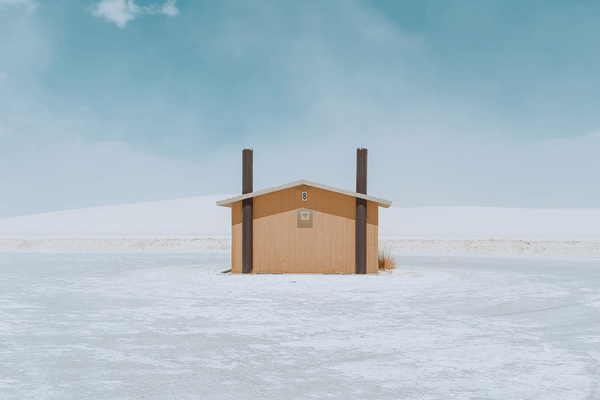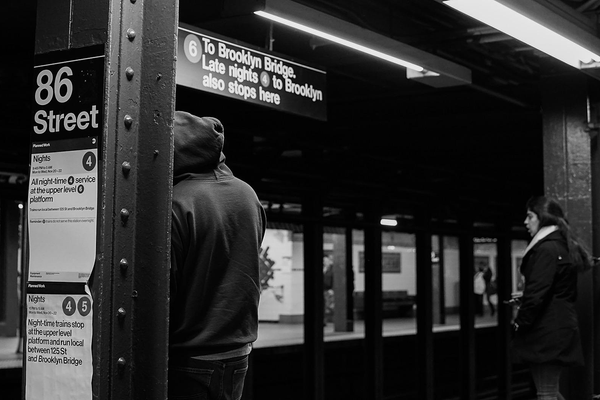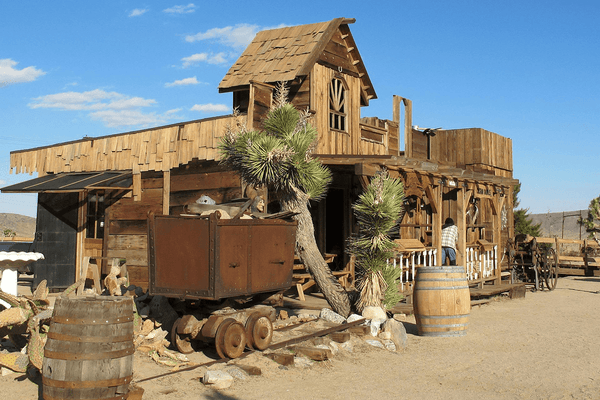BARREL ENTRY PROOF:
WHY IT MATTERS
You can find a whiskey's alcohol proof on the bottle, but it's not necessarily the same as barrel entry proof. Alcohol proof, or its strength, is twice the amount of ethanol (alcohol) by volume. The term barrel entry proof refers to the alcohol strength of the bourbon when it enters the barrel...

Some bourbons have different proofs when entering the barrel than at bottling time. The rules are stringent when it comes to barrel entry proof and distillation proof. Bourbon cannot be distilled at higher than 160 proof, and it must go into the barrel at 125 proof or lower. This keeps it from turning into a spirit more akin to vodka. Distillers add water to "proof it down" to 125 or less. At the time of bottling, bourbon cannot be lower than 80 proof.
History of Barrel Entry Proof
Before Prohibition, bottling was less common because of its expense. Therefore, people would get their bourbon straight from the barrel, bringing their own flasks and jugs to fill. Distillers wanted bourbon that was drinkable and pleasant right away. They aimed for a palatable 100 to 103 proof. This helped break down and release flavors in the oak, resulting in a sweeter bourbon at a younger age.
Prohibition ended the practice of getting bourbon straight from the barrel. Its repeal also brought added regulations and restrictions to the alcohol industry. One of these new rules was setting the maximum barrel proof for bourbon at 110. Barrel entry proof primarily ranged from 100 to 110 previously, with the taxation based on 100 proof alcohol.
These lower barrel-proof bourbons provided a rich mouthfeel and a more robust flavor. As consumer tastes changed over the next two decades, people began to crave lighter flavors, which could be achieved by adding water after aging rather than before.
Barrel Proof Raised to 125 Proof
In 1962, the government raised the legal proof limit to 125. This change meant distillers used fewer barrels to provide the lighter flavor profile consumers desired, allowing them to achieve a more delicate flavor after only four years of aging. Using the post-Prohibition numbers, it would have taken eight years of aging to get the same lighter flavor.
The barrel entry proof change for bourbon impacted its production. Cost savings was a driving factor in this change. Going in the barrel at 110 proof required more barrels. For some large distillers, the change to 125 proof meant that they could produce more alcohol in the same amount of space.
However, many distillers are moving back to a lower barrel entry proof even though production costs might rise because of it. Distillers want to produce the best bourbon possible, which for many in the industry means proofing down.
Alcohol, Tobacco, and Firearms Ruling
The Federal Bureau of Alcohol, Tobacco, and Firearms, commonly referred to as ATF, created an official ruling related to terminology such as barrel entry proof. Under ATF Ruling 79-9, the terms "Original Proof," "Original Barrel Proof," and "Entry Proof" all refer to the same thing — the proof of the spirits when they enter the barrel and the proof of the bottled spirits are the same. If the label denotes "Barrel Proof," then the bottling proof is no more than 2 degrees lower than the proof established when the spirit was reviewed to determine taxation.
Gauging for tax determination takes place when distillers empty barrels for bottling. This 2-degree rule gives distillers some wiggle room in case the proof has dropped slightly before bottling. The idea is to keep the proof in the bottle close to what is when it's in the barrel. With only 2 degrees of variation, distillers need to be exact. This means you might see numbers like 51.6% instead of 52% on the bottle.
High vs. Low Barrel Entry Proofs
The decision to have a high or low barrel entry proof is entirely up to the distiller. Part of the process depends on scientific factors as well. A lower barrel entry proof combined with water may cause a chemical breakdown that reduces or eliminates the unwanted compounds that cause astringent and thin bitter oak flavors. Higher proof levels may not yield the same results.
If a bourbon tastes over-oaked, it could be from phenols, which are astringent and hot. Phenols are soluble in water, and once dissolved, they start to oxidize, resulting in a smoother bourbon flavor and taste.
Adding water at the start of the bourbon-making process may seem like something to avoid. However, the color intensity and congener concentration can decrease as the barrel entry proof increases. Congeners are compounds responsible for a bourbon's tastes and aromas, such as vanilla, caramel, and baking spices.
Adding water at the start of the process also means distillers don't need as much water at the end, resulting in a more intact bourbon. Distillers who start at a higher barrel entry proof could require more water to get down to the proof they want.
A lower barrel entry proof makes sugars easier to dissolve because alcohol molecules are larger than water molecules. Water can more easily penetrate the wood at a lower barrel entry proof. Heavy tannins and other unwanted compounds evaporate more quickly at a lower proof as well.
On the flip side, some distillers have achieved better results using a higher barrel entry proof. The barrel proof certainly plays an important role, but many other factors can impact the quality of the bourbon.
Some people believe that you should only consume a barrel-proof bourbon neat. You can undoubtedly drink one neat, but you can also add water to adjust the proof to your personal preference. Experiment with different proof levels and determine what you like best. Not everyone prefers the same flavor profiles, which is OK. Sometimes adding a little water can transform the whole tasting experience. The important thing is to find the bourbon you like.






